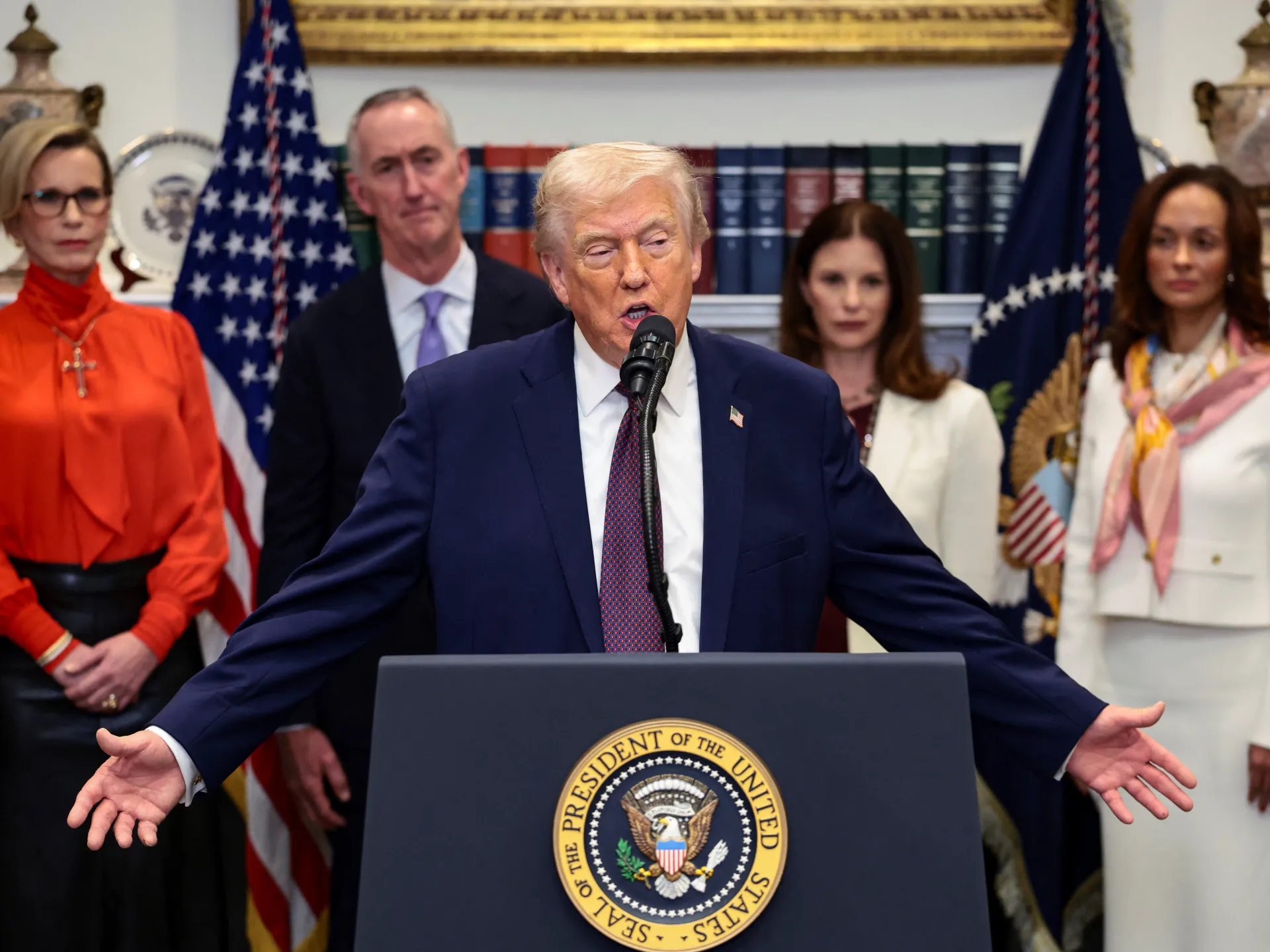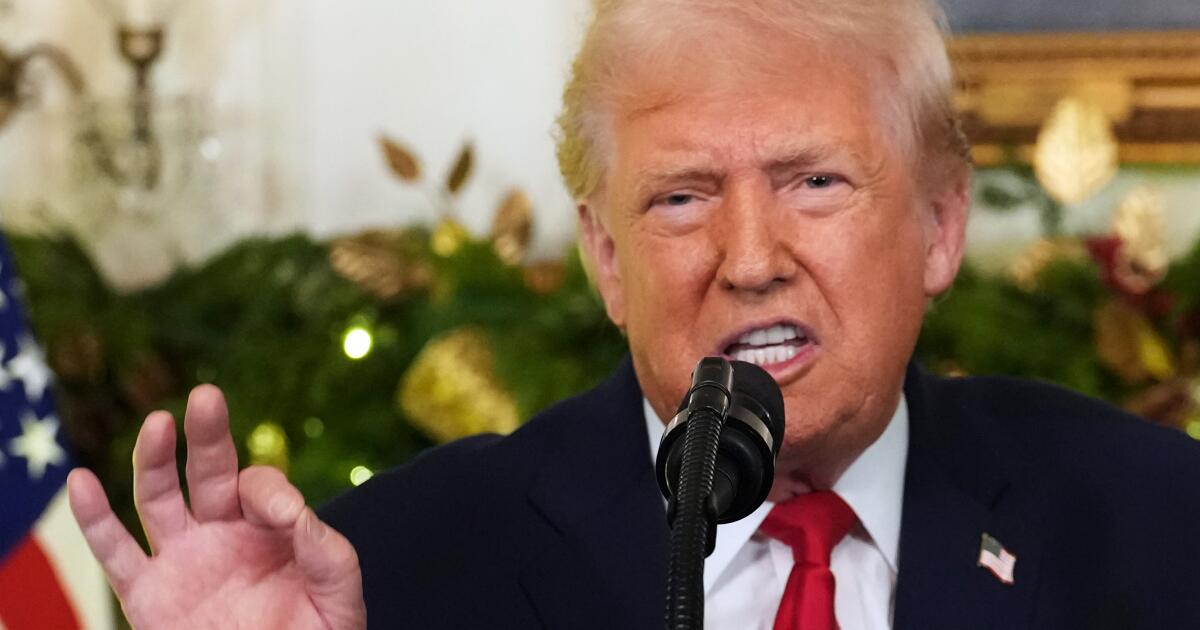Looking for a new way of life, one family said goodbye to their Yorkshire town and moved across the Atlantic to a country which has its own British community and nickname
Would you sell your home and uproot everything to start again abroad?
For an increasing number of Brits, the answer to that question is ‘yes’. Since 2023, there has been an almost 10% increase in Brits relocating abroad for a new way of life, with 639,000 people reportedly leaving the country last year, according to the Office for National Statistics (ONS). In the hope of a fresh start, one family just that and uprooted their lives to an area across the Atlantic packed with Brits and ‘insane’ prices.
Jack Masterson, 36, and his wife Natalie, 35, moved from the Yorkshire town of Huddersfield to a vibrant Canadian city. “For years, Natalie and I both had this nagging question in the back of our minds, ‘what if we moved elsewhere?’ Then the conversation quite quickly became ‘where and when,'” videographer Jack said.
“We just wanted something new from old England for our two children, and that’s when we came across the Canadian Express Entry visa.” As Natalie was a former NHS nurse, the Yorkshire couple, along with their two children, were able to pack up their lives in the UK and move to Canada in just six months on the category-based Express Entry visa.
This type of visa falls under six categories, with healthcare professionals making up the majority. It was launched in 2023 and aims to address the national shortage of healthcare professionals across Canada, with thousands of Brits reportedly moving to Canada in the last two years.
Jack shared: “With this option available to our family, Canada became a no-brainer. They’re short on nurses over here. So, Natalie came across in March, followed by the kids and me a month later – if you can do it and want an adventure, look no further.
“Life here is such a drastic change from Yorkshire. I used to run a videography business in England; so, since the move, I’ve been slowly building up a Canadian client base. On the flip side, it’s given me the opportunity to explore, ski, and hike around Lynn Canyon Park with the family. But what has really surprised us is the number of Brits we’ve encountered in the area.”
Having relocated to North Vancouver, south of Grouse Mountain in British Columbia, Jack discovered that it’s become an increasingly popular destination for other Brits seeking a new way of life. In fact, a common phrase among locals is, ‘There’s a reason it’s called British Columbia, it’s because there are so many Brits here.’
There’s even a specific nickname for Brits living in the Great White North, which is ‘limey’. The term originated in the 19th century and was originally a reference to the practice of giving sailors lime or lemon juice; however, it is now slang for a British person.
“We’ve got quite the limey community here in Lynn Valley,” Jack said. “But while there are a lot of Brits here, we’re missing one thing: English drinking culture and pubs.
“They’ve got a lot of microbreweries here, which is ace, but the pub is a British institution; I mean, they don’t even sell beer in the supermarkets in British Columbia – you must go to these special government liquor stores. Some Brits and I have been joking around about eventually opening a pub out here and staking our own claim on Lynn.”
However, when reflecting on the major differences, despite supermarket price increases in the UK due to inflation, Jack noted that a loaf of bread in Canada is pricey. “While the taxes tend to be lower out here than back home, it’s the prices of everyday items that are insane. A loaf of bread can cost you about CA$5, so about £2.50 – which is a hell of a lot more than it costs in a Tesco or Sainsbury’s,” he revealed.
However, it’s been well worth the move as Jack added: “Life in Vancouver has certainly been an adjustment, but one I wouldn’t change for the world. In comparison to Yorkshire, you’re just in a prettier place in Canada. People are more welcoming, and the kids love it.
“While the strange culture around tipping is something I’m still not used to, you can’t beat just hopping in the car and going for a hike with the family in one of the most beautiful regions in the world.”
Simon Hood, relocation expert and Executive Director of the company the pair used to move to Canada, John Mason International, added: “What Jack says is certainly true. Questions around affordability and a general cost-of-living crisis are rife in Canada since COVID. They’re experiencing many of the same issues we are here in the UK.
“But at John Mason International, clients are telling us they’re relocating to Canada not for affordability, but because they feel it offers something more: sometimes the intangible is a bigger push than the economics.”
Do you have a travel story to share? Email webtravel@reachplc.com









